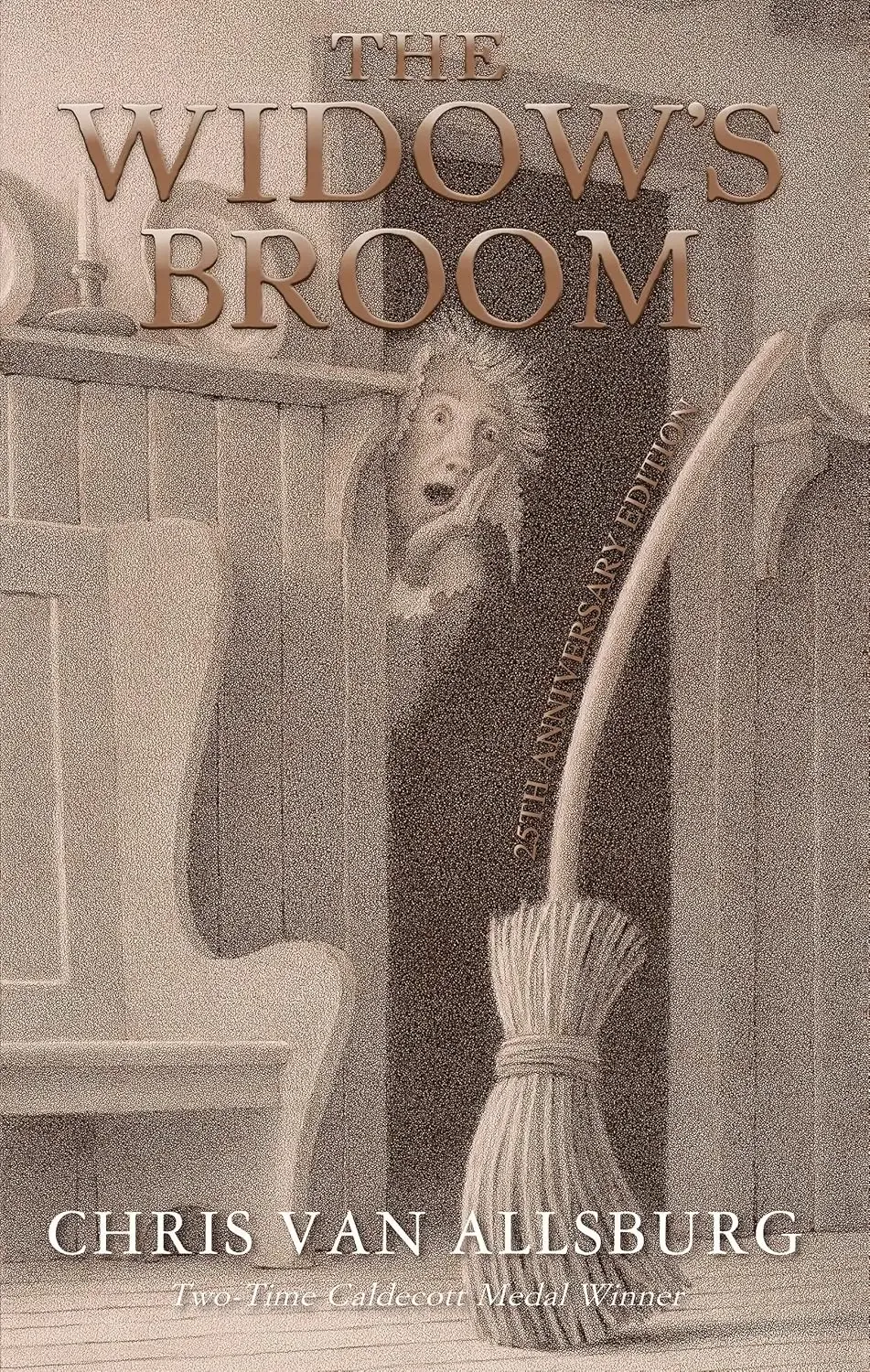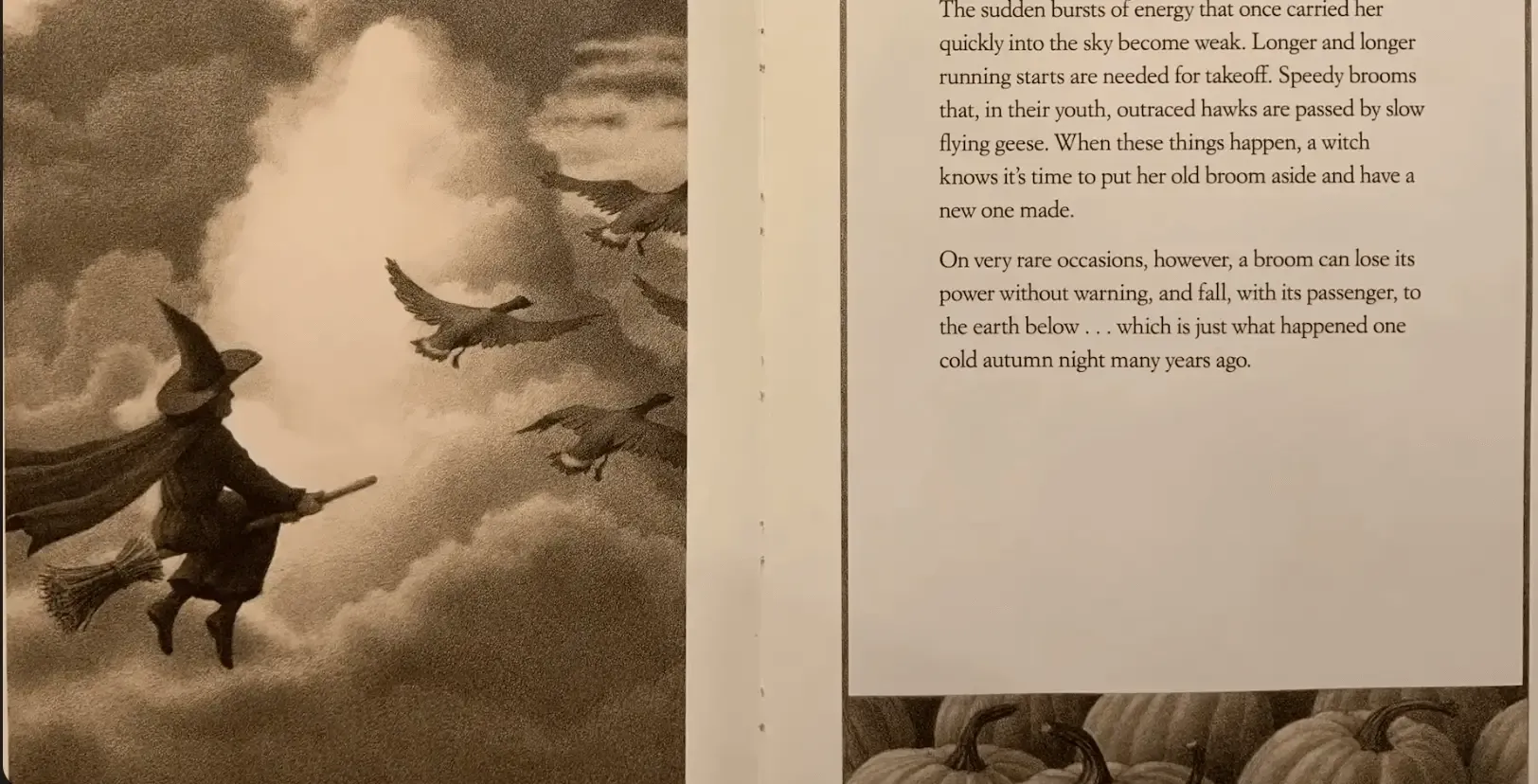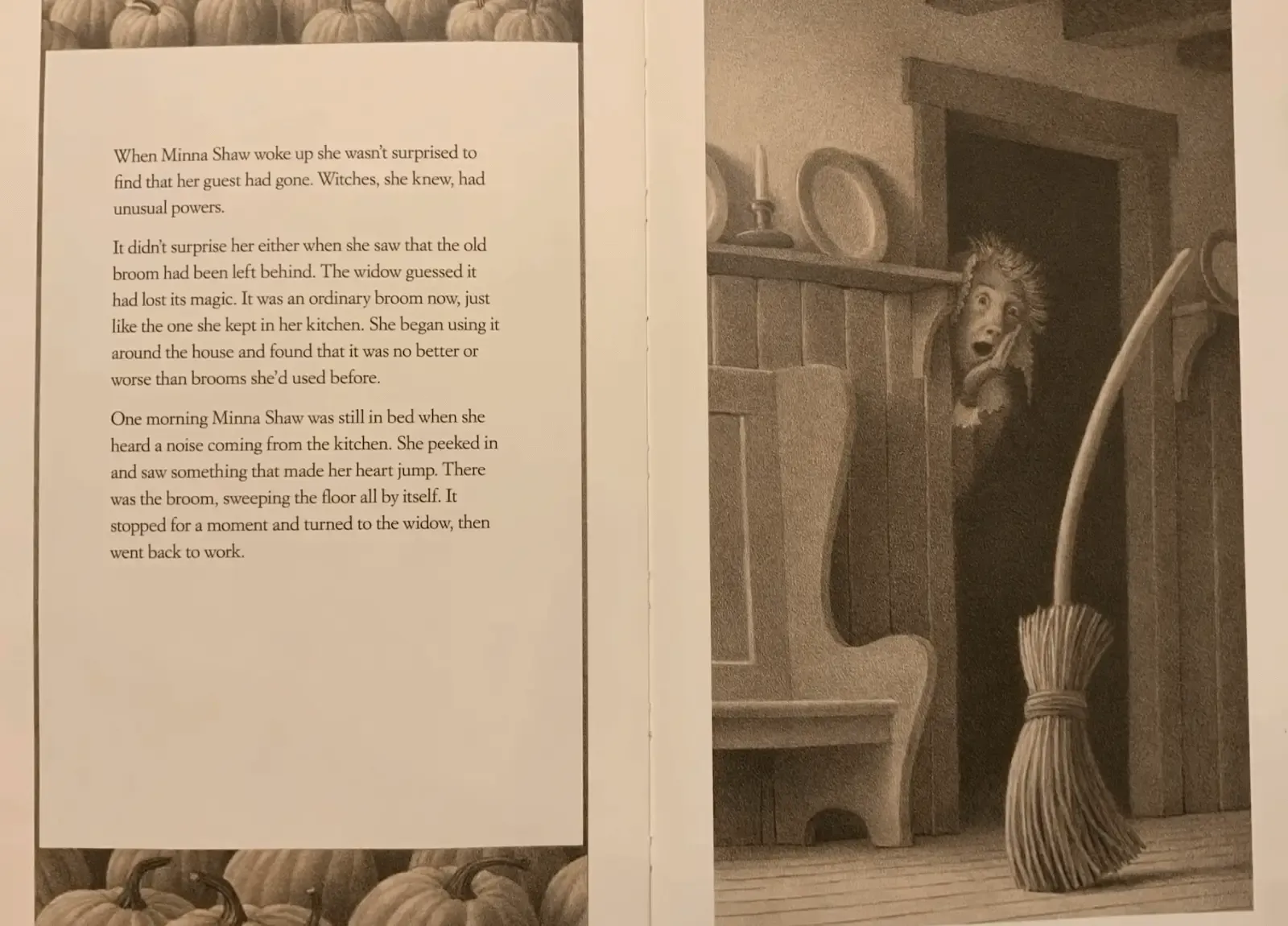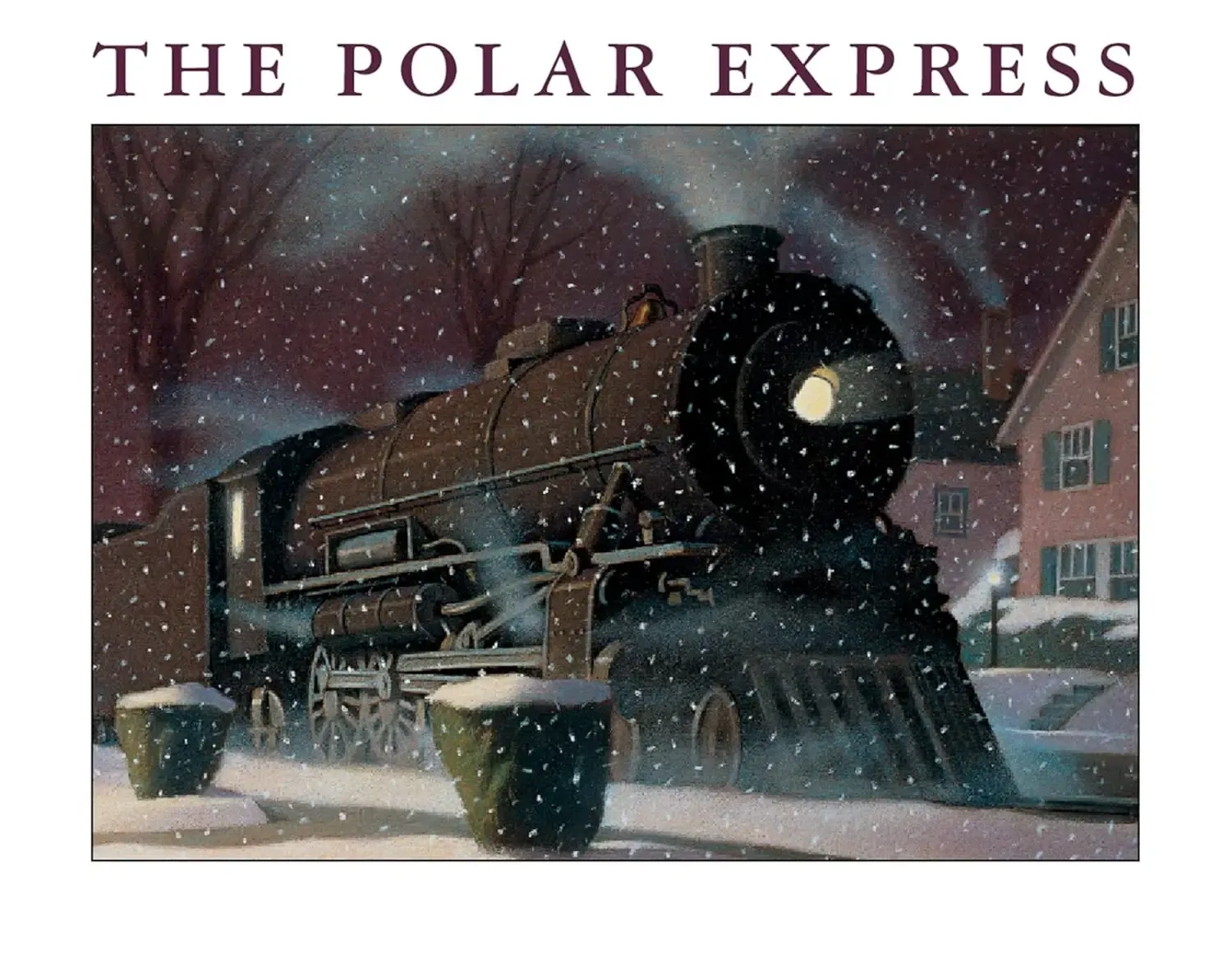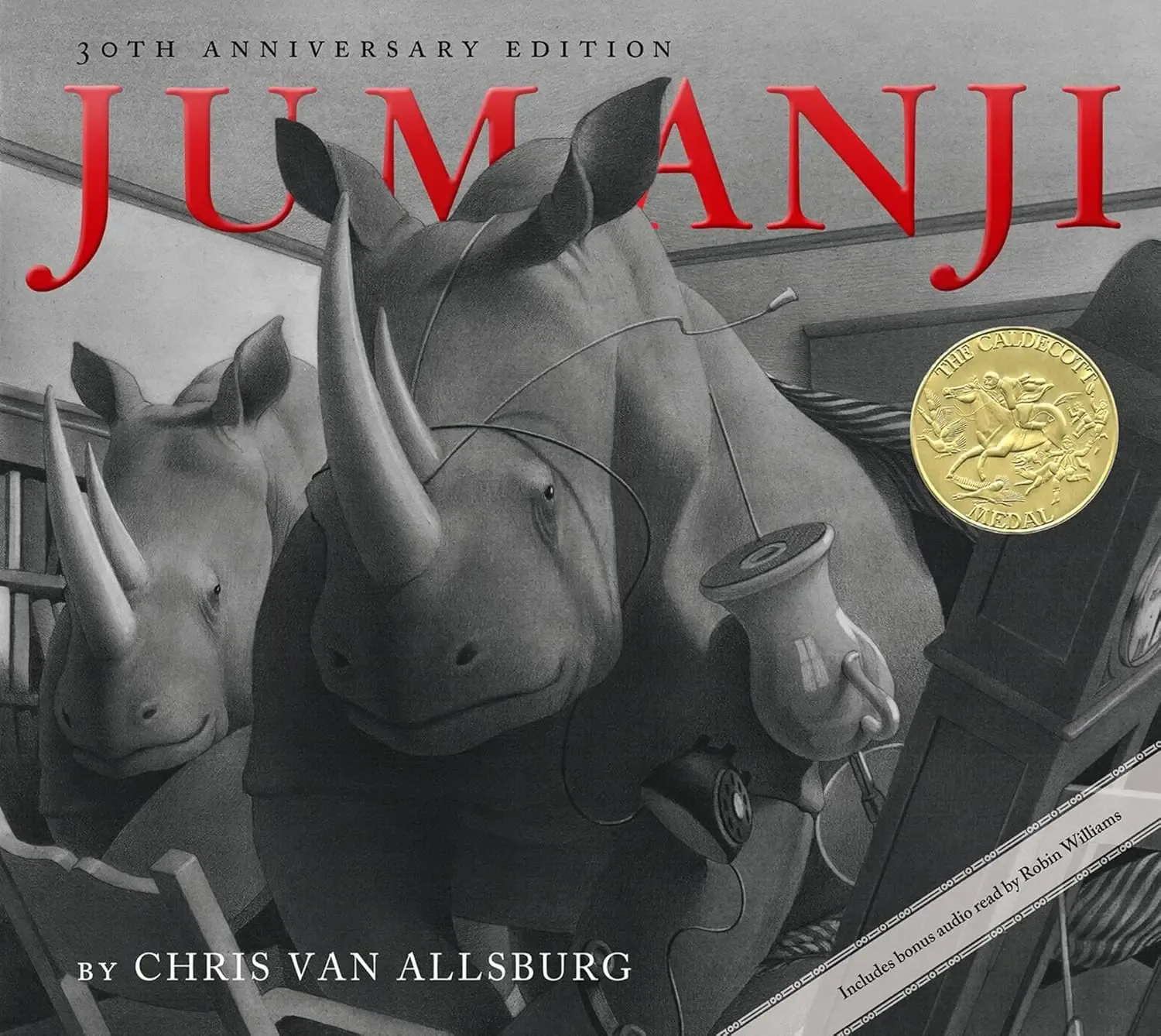As a kid, The Widow's Broom by Chris Van Allsburg felt like one of those stories that transported me into a completely different world, a world where magic could seep into the everyday. The rich, black-and-white illustrations in this book were hauntingly beautiful, with every page pulling me deeper into its eerie, mysterious atmosphere. I remember flipping through the pages in awe, completely absorbed by the spellbinding artwork and chilling story. Even though it wasn’t Halloween, it always gave me that spine-tingling, enchanted feeling that made me want to curl up and keep reading.
The story of The Widow's Broom is one that stays with you, not just because of the fantastical elements of witches and bewitched brooms, but because it dives deep into the nature of good and evil. The widow Minna Shaw’s quiet life is disrupted when a broom, discarded by a witch, lands in her yard. What starts as a magical gift becomes a profound exploration of how society treats what it doesn’t understand. This broom helps Minna with her chores but causes fear in her neighbors, who can’t see beyond its strangeness. The underlying theme is one I often reflect on: just because something, or someone, is different doesn’t make it bad.
I particularly loved the tension in the book. The broom, with its own personality, stirred up more than dust in the widow’s life. There’s an undercurrent of suspense that builds as you wonder what will happen with the broom and whether the townspeople will force Minna Shaw to destroy it. The moral questions embedded in the story add complexity to what could’ve been a simple spooky tale, and even now, as an adult, I’m struck by how deftly Van Allsburg weaves them into a narrative that’s accessible for young readers.
The illustrations are nothing short of mesmerizing. Van Allsburg’s distinctive style brings a palpable sense of magic to each page. The textures in the artwork, the light and shadow, the starkness of the black-and-white color palette, it all adds to the eerie beauty of the story. One of my favorite things about reading this book as a child was how the images seemed to tell a story all on their own. You could stare at the pictures and feel the weight of the tale, even before reading a single word.
One memory I have is reading this around Halloween, but as much as it’s a perfect fit for the spooky season, The Widow's Broom really is a story for all year round. It taps into universal ideas about fear, acceptance, and standing up for what’s right in a way that’s both deeply personal and profoundly universal.
The ending is another piece that always stayed with me. The twist at the end, when Minna Shaw outsmarts the suspicious neighbors, made me appreciate the cleverness and quiet strength of her character. It’s not a flashy or overly dramatic conclusion, but it’s perfect in its subtlety, reinforcing the idea that what’s different isn’t to be feared or destroyed. Instead, it’s something to understand, respect, and even cherish.
When I think of The Widow's Broom , I’m reminded of those quiet moments sitting with a book in my hands, lost in a world where magic and morality dance together. It’s a story that made me think, not just about the fantastical elements, but about human nature, too. Even now, as an adult, I feel the same shiver of excitement and wonder whenever I see it on a bookshelf, knowing that Van Allsburg’s timeless tale still has so much to teach us about fear, acceptance, and the quiet magic of being kind.
Questions to ask while reading:
- Do you think Minna showed courage by assisting the witch?
- What might have caused the other neighbors to be afraid of the broom?
- Can you recall any other instances where people were scared of something unfamiliar to them?


